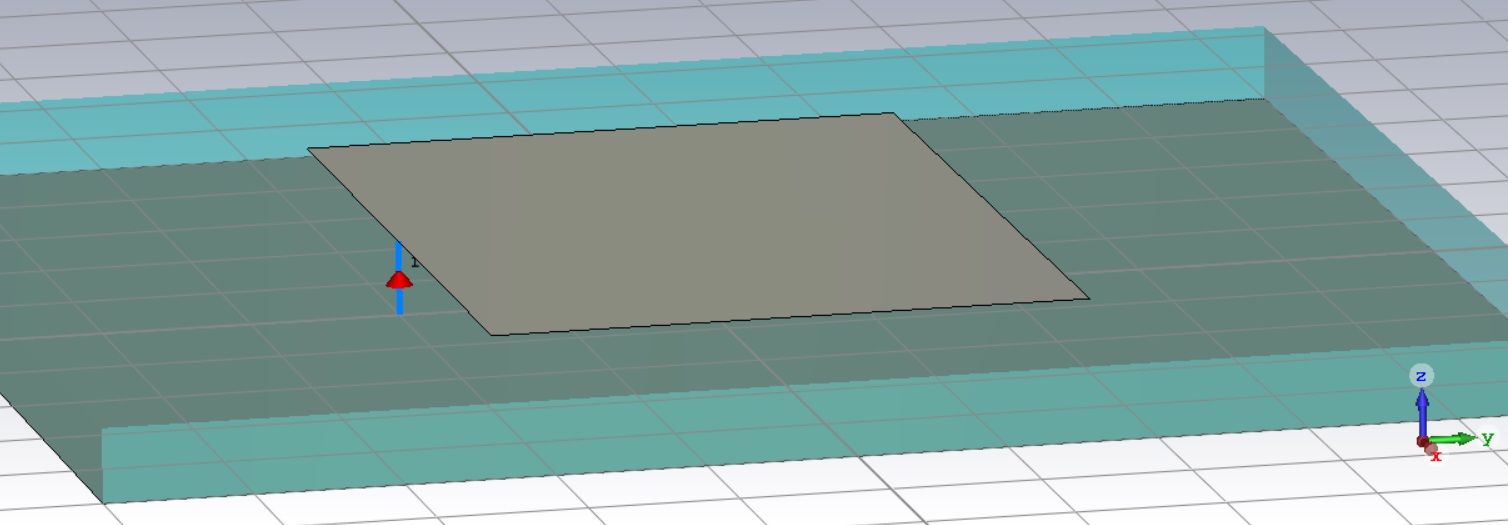
LEARNING OUTCOMES
After successful completion of the course the student is able to identify the types of radio waves and discuss the usage of radio-frequency spectrum and typical applications in microwave engineering.
The student can discuss the biological effects and safety issues of radio waves.
The student is able to explain the behaviour of a radio signal in typical transmission lines (such as signal propagation, attenuation, reflection), calculate and simulate related circuit parameters, and design transmission lines.
The student can design impedance matching circuits using Smith chart and simulator tool (e.g., AWR) and explain the design principles and bandwith issues.
The student is able to model basic microwave circuits and resonators with suitable circuit parameters and analyse their operation based on calculations and simulations.
The student can explain the operational principles of basic microwave systems (such as mixing phenomenon and superheterodyne tranceivers) and calculate relevant system parameters (such as signal-to-noise ratio, noise figure, link budget).
The student is able to explain the basic principles of radio wave propagation. He/she can calculate the basic characteristics (e.g., Fresnell ellipsoide) of radio links based on basic propagation models.
Credits: 5
Schedule: 10.01.2022 - 17.03.2022
Teacher in charge (valid for whole curriculum period):
Teacher in charge (applies in this implementation): Jari Holopainen, Katsuyuki Haneda
Contact information for the course (applies in this implementation):
CEFR level (valid for whole curriculum period):
Language of instruction and studies (applies in this implementation):
Teaching language: English. Languages of study attainment: English
CONTENT, ASSESSMENT AND WORKLOAD
Content
valid for whole curriculum period:
Transmission line theory and typical waveguides
Smith chart and impedance matching
Analysis of microwave circuits
Radio systems
Radiowave propagation
RF radiation safety
Assessment Methods and Criteria
valid for whole curriculum period:
Preliminary tasks, return exercises (analytical and computer simulation), lectures, exam. The successful completion of the course requires active participation in the contact sessions. The assessment criteria are to be specified in the beginning of the course.
Workload
valid for whole curriculum period:
Contact hours 50 h (5 h per week, 10 weeks) and independent work 85 h (8.5 h per week).
DETAILS
Study Material
valid for whole curriculum period:
D. Pozar: Microwave Engineering
Substitutes for Courses
valid for whole curriculum period:
Prerequisites
valid for whole curriculum period:
FURTHER INFORMATION
Further Information
valid for whole curriculum period:
Teaching Period:
2020-2021 Spring III-IV
2021-2022 Spring III-IV
Course Homepage: https://mycourses.aalto.fi/course/search.php?search=ELEC-E4420
Registration for Courses: In the academic year 2021-2022, registration for courses will take place on Sisu (sisu.aalto.fi) instead of WebOodi.
WebOodi
